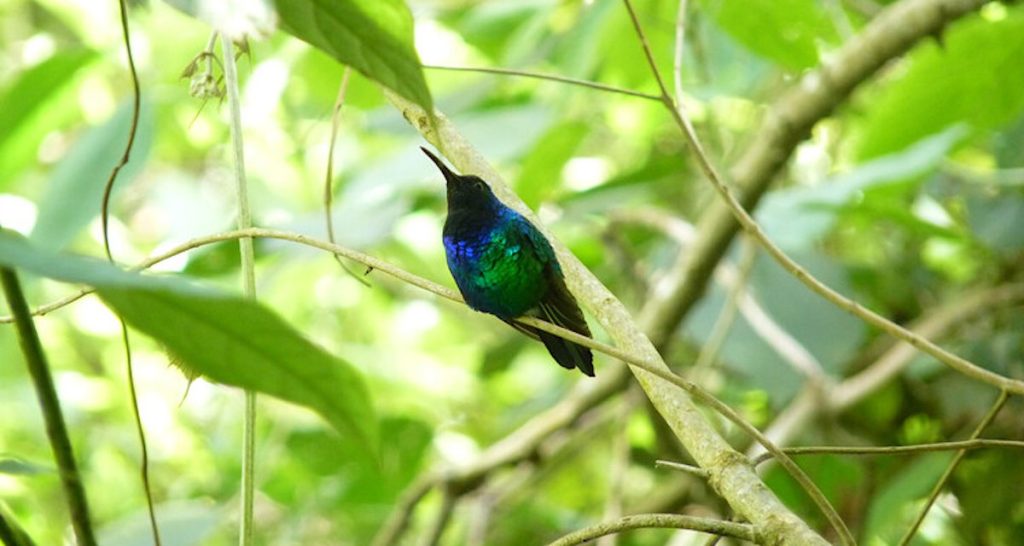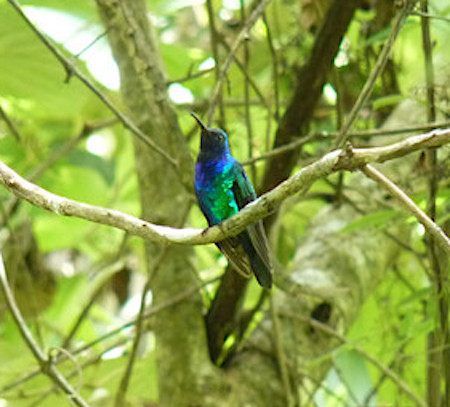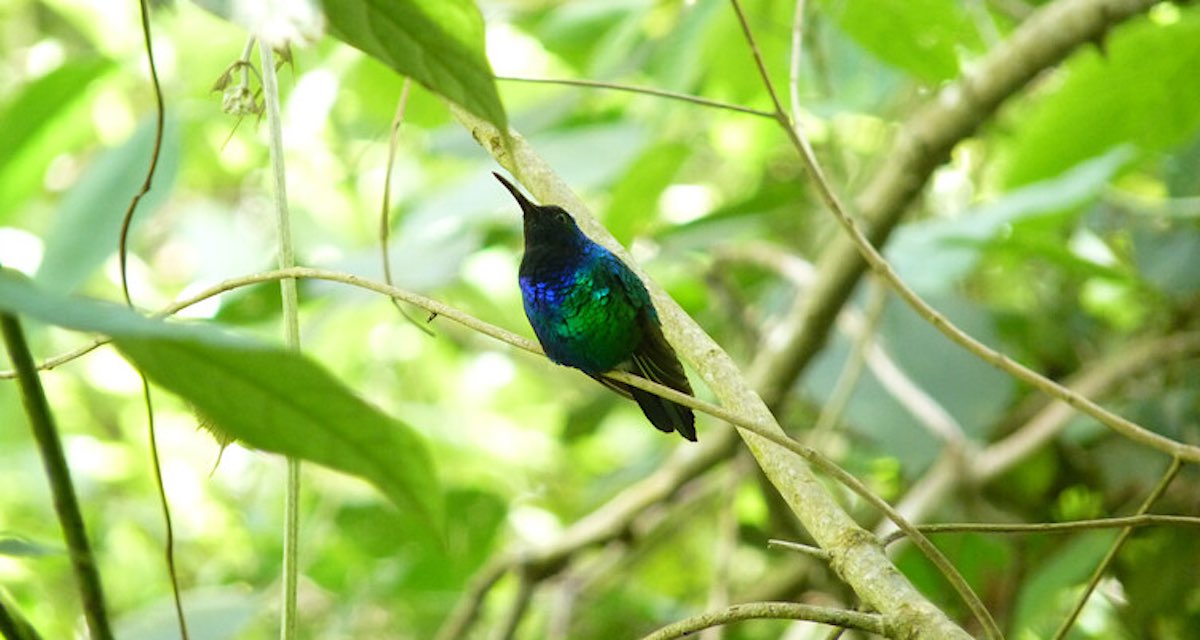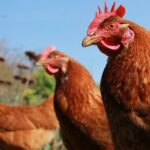
A hummingbird species was rediscovered in Colombia after scientists had recorded no documented sightings for over 13 years.
It was only the third time that a sighting of the Santa Marta sabrewing had been documented since it was first described by science in 1946.
The rare sabrewing was included on a list of the ‘top 10 most wanted lost birds’—and the recent sighting gives conservationists hope for the critically endangered species
An experienced local birdwatcher in Colombia rediscovered the relatively large hummingbird (Campylopterus phainopeplus), a species only found in the country’s Sierra Nevada de Santa Marta mountains.
The last time the hummingbird had a documented sighting was in 2010, when researchers captured the first-ever photos of the species in the wild.
“This sighting was a complete surprise, but a very welcome one,” said Yurgen Vega, who made the rediscovery while working with SELVA, ProCAT Colombia and World Parrot Trust to study endemic birds in Sierra Nevada de Santa Marta. “As I was leaving the area where I had been working, a hummingbird caught my attention. I got out my binoculars and was shocked to see that it was a Santa Marta sabrewing, and in an incredible stroke of luck the hummingbird perched on a branch giving me time to take photos and video.”
POPULAR: After US Declared Largest Woodpecker Extinct, New Evidence Supports Belief They Are Still Here
The male hummingbird was instantly recognizable by its emerald green feathers, bright iridescent blue throat and curved black bill. The hummingbird was perched on a branch, vocalizing and singing, which scientists think is a behavior associated with defending territory and courtship. However, Vega did not see any other hummingbirds in the area, though there have been sporadic reports of Santa Marta sabrewing sightings during the past decade by other local birdwatchers.

The species is listed as critically endangered on the IUCN Red List of Threatened Species, though it was historically common in the south-eastern part of the mountains.
The Sierra Nevada de Santa Marta is the world’s tallest coastal mountain and home to rich communities of wildlife, including 24 species of birds that are found nowhere else on the planet.
“This rediscovery is tremendous, and it makes me hopeful that we will start to better understand this mysterious and threatened bird,” said Esteban Botero-Delgadillo, a director at SELVA: Research for Conservation in the Neotropics.
WATCH: Eagle Decides He Wants the Hawk For a Sibling, Rather than a Meal
Scientists know very little about the Santa Marta sabrewing, except that it typically lives in humid neotropical forests at mid elevations between 4,000 and 6,000 feet (1,200-1,800 meters). Ornithologists believe that the hummingbird may be migratory, moving up to even higher elevations in the páramo—an ecosystem of grass and shrubs—during the rainy season in search of flowering plants. Much of the forest in the Santa Marta mountains has been cleared for agriculture, and scientists estimate that only 15% of the forest is still intact.
“Technology has made it much easier to gain and share knowledge about the Sierra Nevada de Santa Marta and its inhabitants,” said Diego Zárrate, director of conservation with ProCAT Colombia.
The rediscovery of Santa Marta sabrewing is being celebrated by ornithologists around the world, including those working as part of the Search for Lost Birds, a collaboration between Re:wild, American Bird Conservancy and BirdLife International—which curates the ‘top 10 most wanted lost birds’ list.
LOOK: Rare ‘Dinosaur Bird’ Patiently Awaits a Lifelong Mate to Populate the Magnificent Species
“It’s so incredible to see photos and video of the Santa Marta sabrewing,” said John C. Mittermeier, director of threatened species outreach at American Bird Conservancy. “It’s like seeing a phantom. When we announced the top 10 most wanted lost birds last year, we hoped that it would inspire birders to look for these species. And as this rediscovery shows, sometimes lost species re-emerge when we least expect it. Hopefully rediscoveries like this will inspire conservation action.”
FLY This Gorgeous Discovery to Bird Lovers on Social Media…
Credit: Source link



